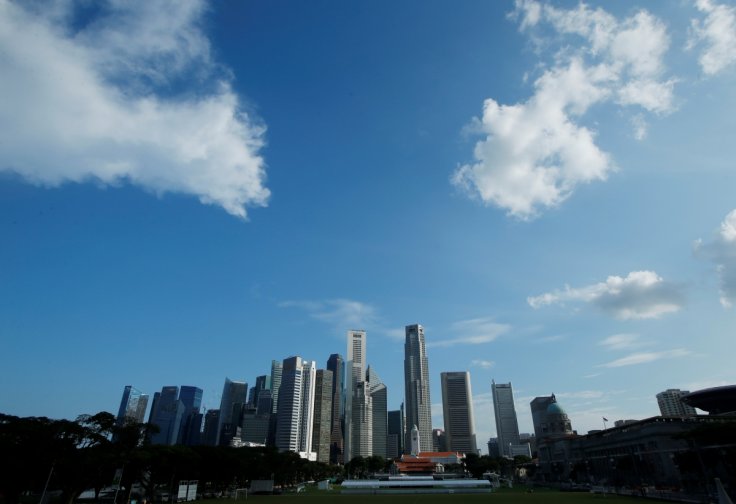
Early in February, the weatherman announced the arrival of La Nina, a meteorological phenomenon that frequently brings rain and colder temperatures to the Republic.
However, the longer-term warming trend will make the cooling effect less noticeable, the Meteorological Service Singapore (MSS) informed The Straits Times.
According to MSS, recent La Nina-related temperatures from March to May, which are among Singapore's warmest months, are still greater than those linked to the warmer El Nino event from 40 years ago because of global warming.
In South-east Asia and Australia, El Nino normally provides hotter, drier weather, whereas La Nina usually brings cooler, wetter weather.
Together, the two phases are referred to as the El Nino-Southern Oscillation (Enso), and they alternate every few years.
Average daily temperatures tend to be lower
Over the tropical Pacific Ocean, the world's biggest ocean basin, variations in winds and sea surface temperatures are part of the Enso global natural climate cycle.
Winds that blow across the tropical Pacific Ocean from east to west get stronger during a La Nina episode. We refer to these winds as trade winds.
South-east Asia is part of the western Pacific Ocean, which has more shallow warm water pools.
Since the winds carry moisture and precipitation to the region, Singapore usually experiences more rain as a result.
The MSS, a division of the National Environment Agency, said La Nina conditions are deemed created based on a number of indications, including cloudiness across the tropical Pacific region, trade winds, and sea surface temperatures.
It is anticipated that this episode will continue until April or May, at which point neutral conditions will establish when neither occurrence occurs.
The highest and average daily temperatures tend to be lower during and immediately following La Nina, but high temperatures are still possible, according to MSS.
Weather Influenced by Other Factors
For instance, on May 13, during the most recent La Nina episode that lasted into early 2023, the temperature reached a record high of 37 degrees Celsius, which hasn't been reached since 1983.
to Dr. Koh Tieh Yong of the World Climate Research Programme said the current La Nina phase is mild, therefore other regional weather impacts could easily override the phenomenon's impact.
Dr Koh, who co-chairs the Asian Australian Monsoon working group under the programme, was as quoted as saying, "The local weather may manifest within the normal range of variability – wetter or drier, cooler or warmer – as though the La Nina did not happen."
Although La Nina is a climatic event, Singapore's weather is influenced by other factors as well.
The North-east monsoon's dry phase, which normally ends in early March, is presently underway in Singapore. The inter-monsoon season, which lasts from late March to May, is when afternoon thunderstorms are most likely to occur.
According to MSS, Singapore typically receives a little more rainfall during La Nina occurrences than during El Nino events during the conclusion of the North-east Monsoon and the inter-monsoon period. This varies from year to year, though.
According to MSS, some of the wettest February through March months have happened when neither of these climate trends was present.
Only in December 2024 were the current La Nina conditions fully established on a global scale, which is a rather late start.
According to MSS, this is most likely due to unfavorable trade winds that impeded the cooling of the eastern Pacific's shallow top layer of water, which is located close to South America.
" "Thus, the manifested La Nina is presently expected to be short-lived if no random weather event occurs by April or May (to strengthen it)," Dr. Koh added.
Wettest October in Singapore's History
The last La Nina phase, which lasted from 2020 until the beginning of 2023, was especially protracted. With 412 mm of precipitation, 2022 was the wettest October in Singapore's history.
Nevertheless, since temperature records began in 1929, 2022's annual temperature ranked as the tenth highest.
The second monsoon season, known as the South-west monsoon, lasts from June to September after the inter-monsoon season concludes in May.
Winds usually come from the south-east and blow toward the northeast during this time. In comparison to other seasons, the south-west monsoon is often drier for the area.
However, given that Singapore's rainfall is influenced by both daily weather fluctuations and other large-scale climatic variables, there is still a probability of a wetter than usual south-west monsoon season this year, MSS added.
The national meteorological service said, "There is also a small possibility that La Nina conditions could persist or redevelop in the second half of 2025."









